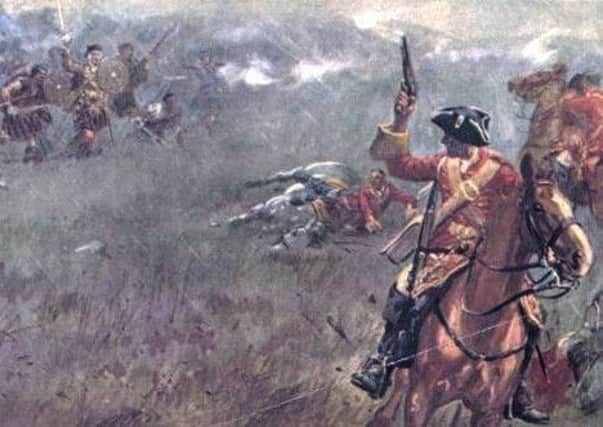Site of last Jacobite victory to be mapped


Visitors to the Battle of Falkirk Muir site will “walk through history” after the 1745 Association secured landowner permission and lottery funding for the project.
The battlefield includes most of South Bantaskine Park in Falkirk with it already possible to step onto some of the combat ground.
Advertisement
Hide AdAdvertisement
Hide AdNow, the Falkirk Muir Battlefield Trail is being created to increase understanding of the second last battle fought on British soil.
Bonnie Prince Charlie’s forces clashed with Government troops under General Henry “Hangman” Hawley at the site on January 17 1746.
It is hoped the walk will open to the public to coincide with the anniversary of the battle next year.
“Visitors to the battlefield will be guided through the site by interpretive panels describing the course of the Battle of Falkirk Muir, fought in a gale of sleet and rain in the gathering gloom on January 17th 1746 – the largest battle of the Rising of ’45, the penultimate battle fought on British soil and the last Jacobite victory,” a statement on the association’s Facebook page said.
It added: “We are currently awaiting art submissions for the waymarkers and interpretive panels and expect all to be ready for an opening celebration and Inaugural Battlefield Walk to mark the anniversary of the battle this coming January.”
The battle was fought as Bonnie Prince Charlie’s march to London ground to a halt, leaving his troops demoralised and depleted as they returned north.
Arriving in the Falkirk area in the early days of 1746, Lord George Murray, the Jacobite general, spotted a opportunity to deliver a counter blow to the Hanoverians.
Advertisement
Hide AdAdvertisement
Hide AdAround 9,000 British troops had made camp in Falkirk on land to the west of the town.
Around 8,000 Jacobites thousand men, Highland infantry and a cavalry of the lowland Jacobite gentry manoeuvred against them.
Intense musket fire ensued with Jacobites moving in with ferocious hand-to-hand fighting.
The Highlanders pulled their dirks and dropped to the ground to thrust their blades into the soft underbellies of the horses. Riders were stabbed as they fell.
According to the Battlefields Trust, Falkirk was arguably the high point of the Jacobite campaign - but it was not the devastating victory that might have been achieved.
The bad weather and fading light were significant factors in Hawley’s retreat with weaknesses in Jacobite command and control exposed as the battle unfolded.
“It was a propaganda success but in reality it had revealed the great weaknesses of the Jacobite forces,” it said.
Around 300 to 400 Government soldiers were killed and a further 300 captured.
By contrast, Jacobites lost around 50 men with around 80 men wounded.
